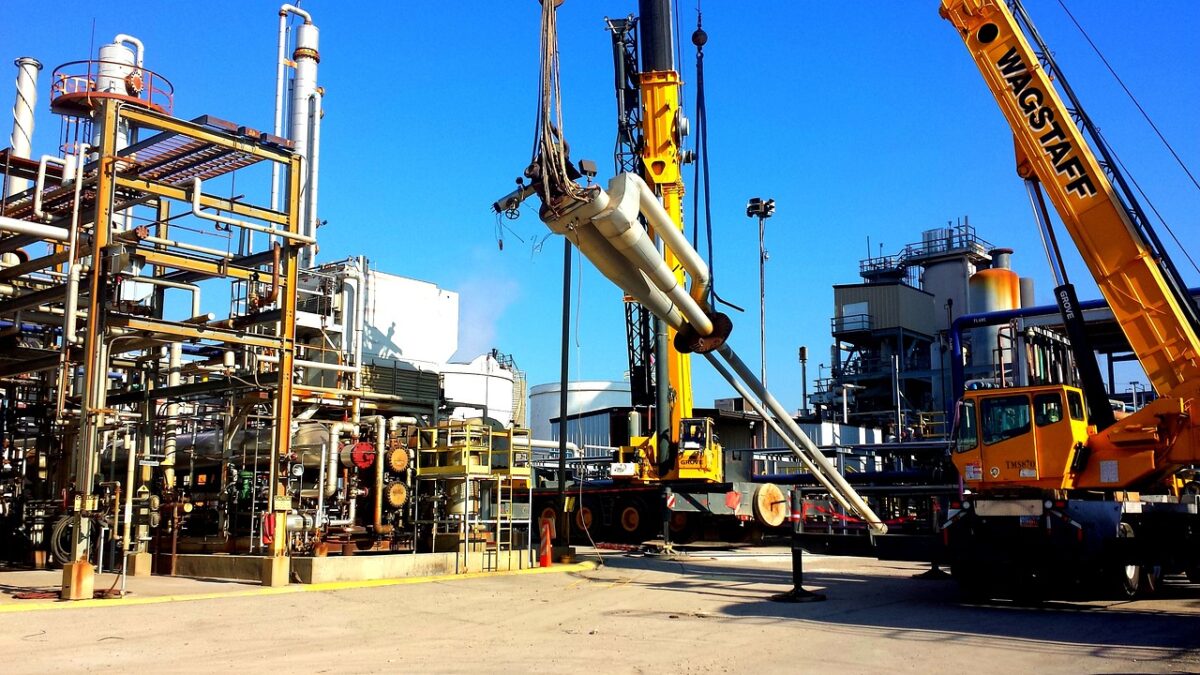
Impact of increased antitrust investigations on the tech industry
September 9, 2024
Reforming cohabitation laws: Resolution’s current campaign
September 12, 2024Background:
An action for judicial review was raised by Sarah Finch against Surrey County Council, Horse Hill Developments, and the Secretary of State for Levelling up, Housing and Communities, disputing the narrow scope of climate considerations covered by an Environmental Impact Assessment (EIA) for the expansion of an onshore oil well site.
Under the Town and Country Planning (Environmental Impact Assessment) Regulations 2017 (the 2017 Regulations), which implemented the European Union Directive 92/11/EU (the EIA Directive), an EIA must be carried out before planning permission can be granted for a development project that is likely to have a significant impact on the environment. The EIA must identify, describe, and assess the likely “direct and indirect significant effects” of the project on the environment, including the impact on climate. The legislation does not prevent the planning authority from giving consent for a project that is likely to cause significant harm to the environment. Yet, it requires the authority to reach a reasoned conclusion on the environmental impact and to consider this when making its decision.
In this case, a developer applied to Surrey County Council for planning permission to expand oil production from a well site at Horse Hill near Horley in Surrey. This proposed project required a compulsory EIA under the law. The developer argued that when determining the climate impacts of the project, the EIA should only assess the upstream greenhouse gas emissions from within the well site boundary during the lifetime of the project, and did not need to assess the greenhouse gas emissions that would occur when the oil extracted from the wells was burnt elsewhere as fuel. The council permitted this approach and granted planning permission for the project without assessing or considering the emissions that would occur upon combustion of the oil produced. According to expert evidence later submitted by the claimant and accepted by the Supreme Court, the quantity of greenhouse gas emissions attributable to the project would have been nearly “two orders of magnitude” greater if these indirect emissions were included.
Proceedings:
The claimant applied for judicial review of the council’s decision, arguing that the decision was unlawful because the EIA was required to, but did not, include an assessment of the combustion emissions. The High Court rejected the claim, holding that the combustion emissions were not within the legal scope of the Directive and the 2017 Regulations, and that alternatively, it was up to the council to evaluate whether or not to assess the emissions, and that the council had given legally valid reasons for deciding not to do so. By a majority, the Court of Appeal upheld the judge’s decision on the second of those grounds. The claimant then appealed to the Supreme Court on the ground that the council did not comply with the EIA Directive and the 2017 Regulations by not including an assessment of the combustion emissions in its EIA, making its decision to grant planning permission unlawful.
Judgment:
The extent to which combustion emissions had to be assessed as part of the EIA, if at all, hinged on whether the combustion emissions constituted “direct or indirect effects of the project” within the meaning of the EIA Directive and the 2017 Regulations. If they were, they would have to be assessed as part of the EIA. By a three-to-two majority, the Supreme Court allowed the appeal and held that the council’s decision was unlawful because the emissions that occur when the oil produced is burnt as fuel are within the scope of the EIA required by law. Lord Leggatt, with whom Lord Kitchin and Lady Rose agreed, gave the majority judgement. A dissenting judgment was issued by Lord Sales, with whom Lord Richards concurred.
Majority Judgment:
The majority reached the conclusion that the council’s decision was unlawful due to the following reasons:
- The majority considered this question to be one of causation. They found that, on the agreed facts, the combustion emissions are “effects of the project” because it is known with certainty that, if the project goes ahead, all the oil extracted from the ground will inevitably be burnt thereby releasing greenhouse gases into the earth’s atmosphere in a quantity which can readily be estimated.
- The Court found that the EIA Directive does not impose any geographical limit on the scope of the environmental effects of a project, so the council was wrong to confine the EIA to emissions at the project site. This was for two reasons: 1) The nature of “indirect” effects is that they may occur away from the source of the project; 2) the impact of greenhouse gas emissions on climate does not depend on where the release occurs.
- The Court found that the fact crude oil produced from the well site had to be refined at a separate facility before it was burnt as fuel did not exclude the combustion emissions from being effects of the project. This is because refining crude oil does not alter its basic nature or intended use and cannot reasonably be regarded as breaking the causal connection between the extraction of the oil and its subsequent combustion. This was differentiated from other raw materials like steel, which have many possible uses and can be transformed into different types of objects, so a view may be reasonably taken that no meaningful assessment can be made regarding what emissions would ultimately result from its use. On the other hand, refining oil does not change it into a different type of object, so a reasonable estimate can readily be made of the emissions that will occur upon its inevitable combustion.
- The Court also rejected an argument that the UK’s national policy of encouraging domestic production of oil and gas was relevant in determining the scope of the EIA despite its relevance to the planning authority’s decision to grant permission. This is because the objective of the EIA is to allow the planning authority to make decisions with full knowledge and public awareness of the likely significant environmental consequences.
Ultimately, the Supreme Court found in favour of the appellant because the EIA for the project failed to assess the effect on climate of the combustion emissions and the council’s reasons for disregarding these effects were flawed.
Dissenting judgement:
Lord Sales considered that whilst the EIA Directive contemplates that planning permission decisions are often taken by local or regional authorities, downstream emissions (referring to emissions that come from the use and disposal of products produced by the project) are addressed by central government at the level of national policy. Therefore, he argued that it would be unconstitutional for a local planning authority to make decisions regarding downstream emissions and that this would run contrary to the EU principle of proportionality. Lord Sales adopted a narrower reading of the EIA Directive and said that the Directive indicates that the direct and indirect environmental effects have to be “of the project” to be within the scope of the EIA. He argued that a “natural reading of this phrase” would not include downstream emissions as being “of the project” and that if it was intended to be included within the scope of the directive, a wider formulation would have been used.
Commentary:
This decision will impact planning applications for future oil wells and other fossil fuel projects in the UK as the planning authorities will have to assess downstream emissions before deciding whether to grant approval. Even though a planning authority can still give consent to projects that are likely to have significant negative effects on the environment, this decision will subject planning authorities to more scrutiny and public pressure when approving fossil fuel developments, since any EIAs attached to the project will publicly highlight considerably greater climate impacts in light of upstream and downstream emissions. This may be an indicator that the impact on climate will become a stronger consideration in the granting of planning permissions. Developers will also have to determine the scope of downstream emissions that can and cannot be reasonably assessed. Furthermore, this decision may give rise to legal uncertainty for project proposals outside of the extraction of fossil fuel projects as it is uncertain where the line is drawn when determining whether meaningful assessments can be made to determine the level of emissions that would result from the use of other materials.
Written by Janelle Lau





